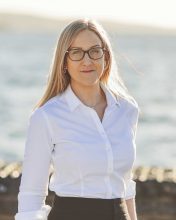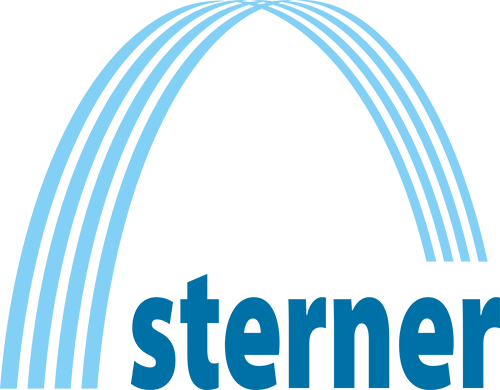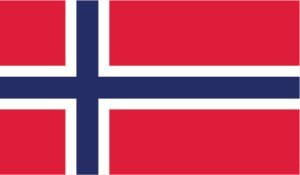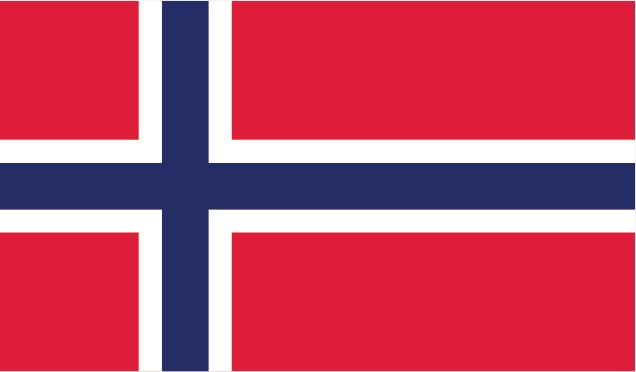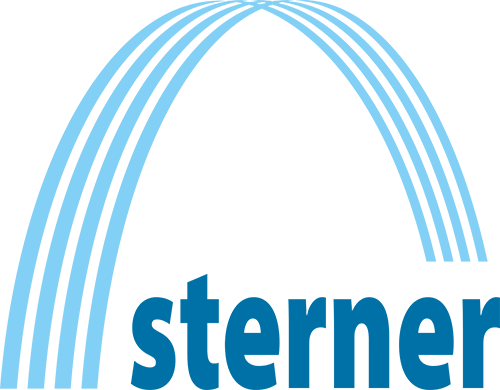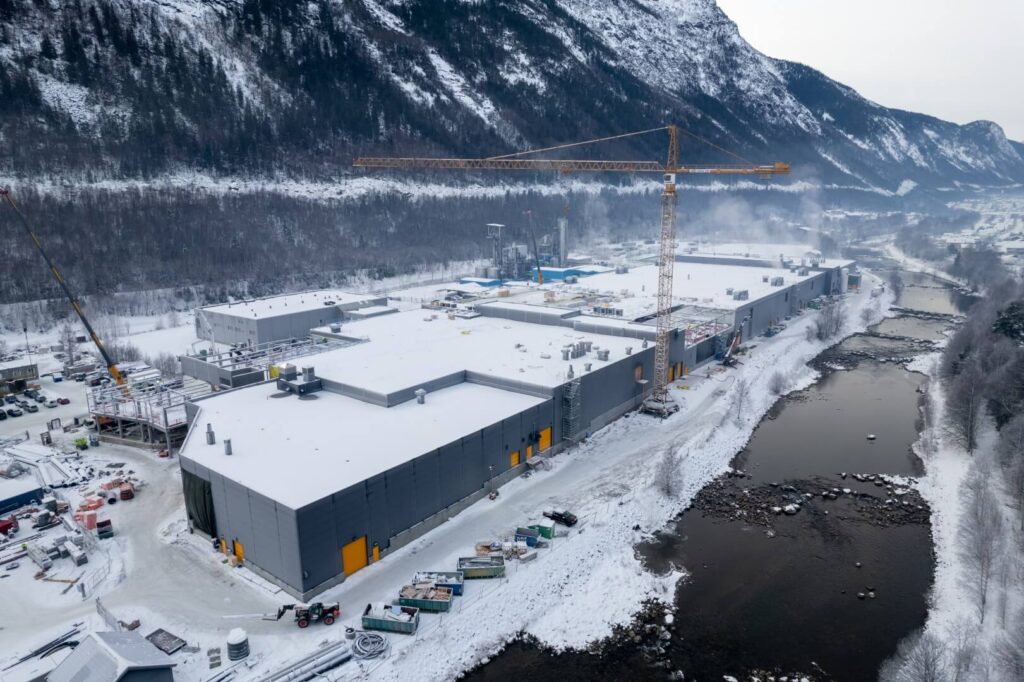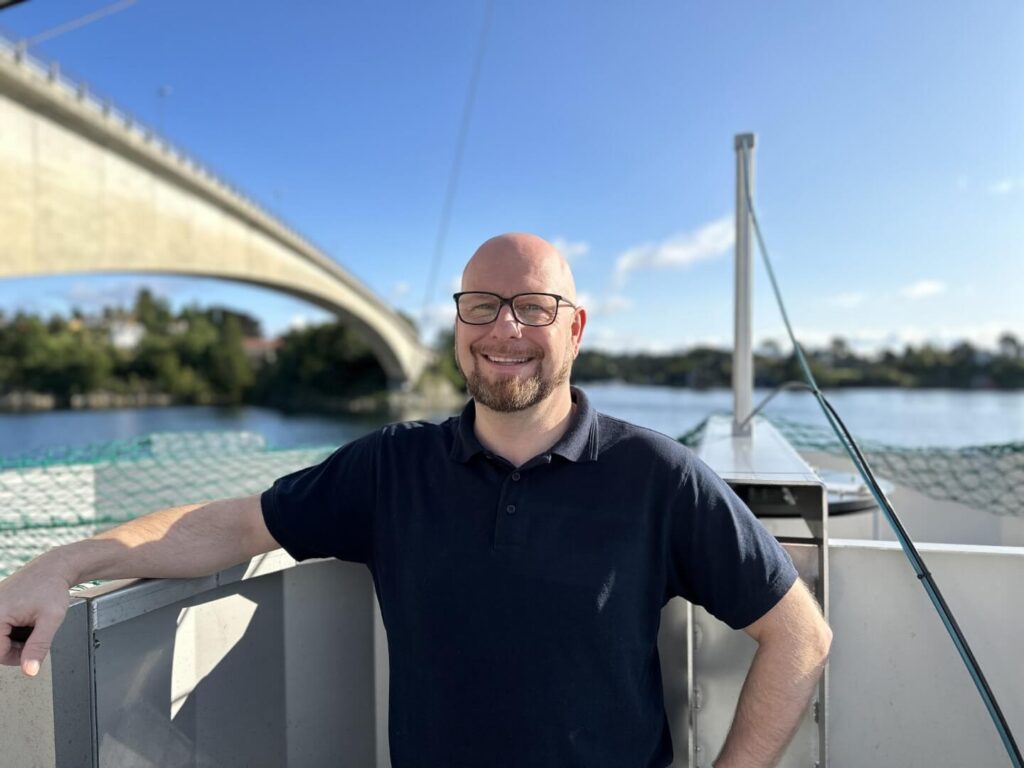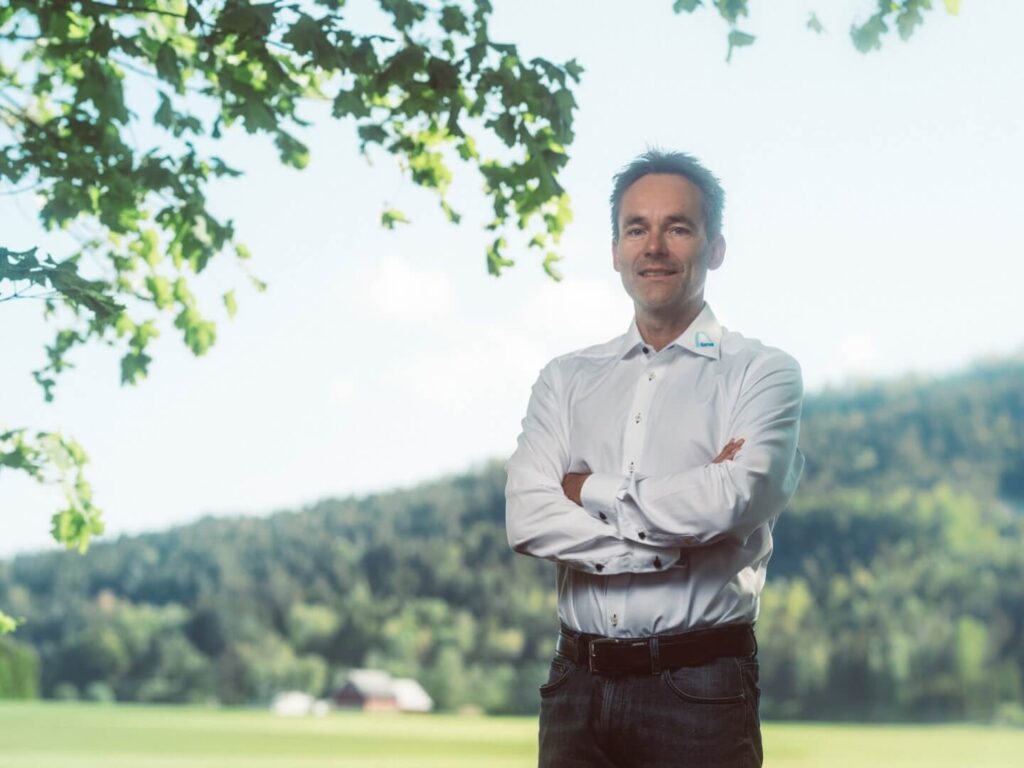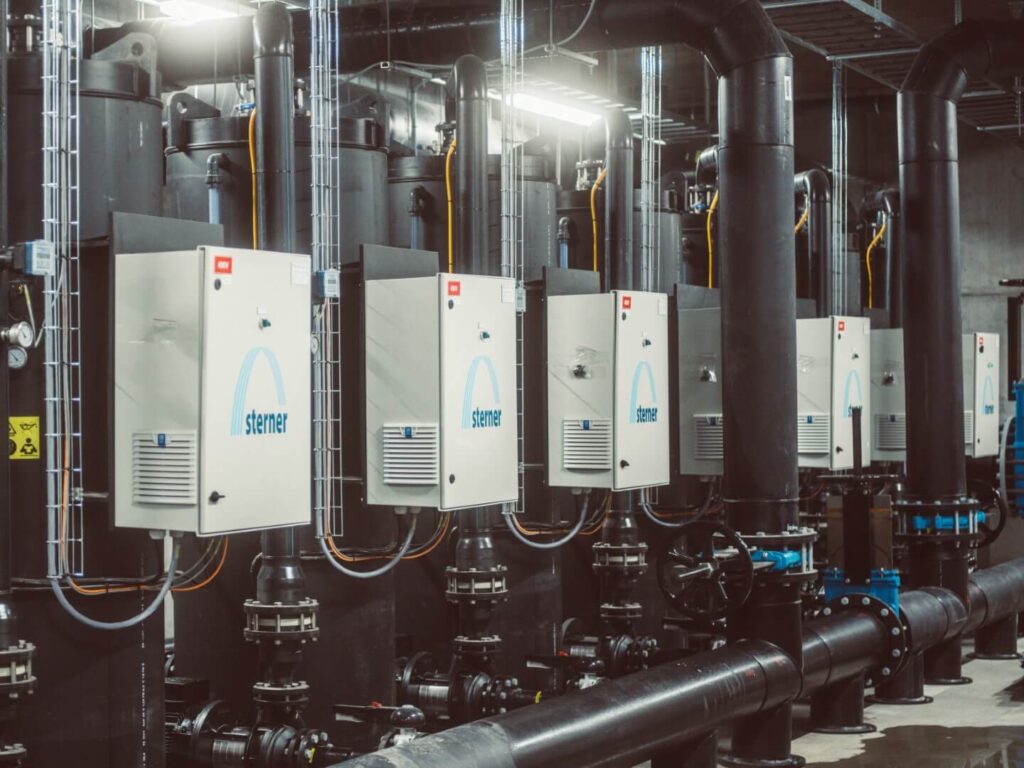From fish sludge to fertilizer at the world’s largest landbased trout farm
- 24. oktober 2023
Hima Seafood, currently in the process of constructing the world’s largest land-based trout aquaculture facility in Rjukan, has made a remarkable commitment to sustainability by investing in advanced sludge treatment technology. This facility, designed to produce 9,000 tons of fish annually, is based on the principles of RAS (Recirculating Aquaculture System), where water is purified and recycled to minimize the environmental footprint. Sterner, a leading player in aquaculture technology, delivers an innovative sludge treatment solution that contributes to the preservation and utilization of sludge as a valuable resource.
Dedicated commitment to sustainability
Hima Seafood has a clear mission – to produce premium trout using the most sustainable and scalable form of aquaculture production available. A key element of this sustainable approach is the treatment of sludge generated by the facility.
In a RAS facility, substantial quantities of sludge are generated, which must be separated from the water circulating back to the fish. Karl Levinsen, project manager at Eyvi, the main contractor alongside Total Betong on the project, is enthusiastic about the technology that will handle the sludge.
-We are left with the purified sludge as a byproduct from the facility, and by utilizing the right technology, this byproduct will create new value. Traditionally, such sludge has been considered waste, but technological advancements in recent years have opened the door to a more sustainable management, explains Levinsen.
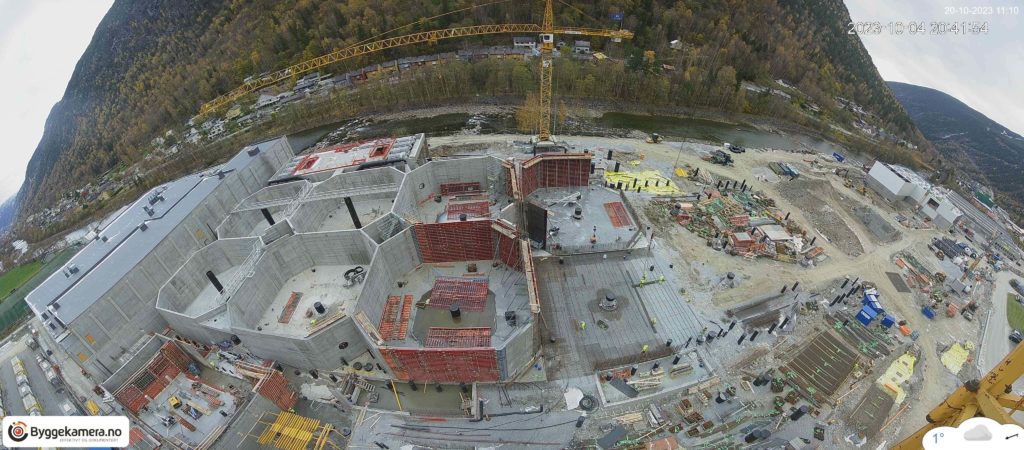
An Essential Resource
The choice of Sterner as the supplier for the sludge treatment solution is a natural decision, given the company’s extensive track record of successful delivery in aquaculture technology, and several years’ experience with sludge treatment plants. Sterner’s technology ensures dewatering and drying of the sludge removed from the fish farm, resulting in a high-quality product that can be reused as organic fertilizer in agriculture.
-This will have significant value, not only for Hima Seafood but also for promoting the circular economy and protecting our environment, says Levinsen.
Sterner is a Norwegian company specializing in technology for clean water across various segments, including drinking water purification, water treatment on well boats, wastewater treatment, and aquaculture technology.
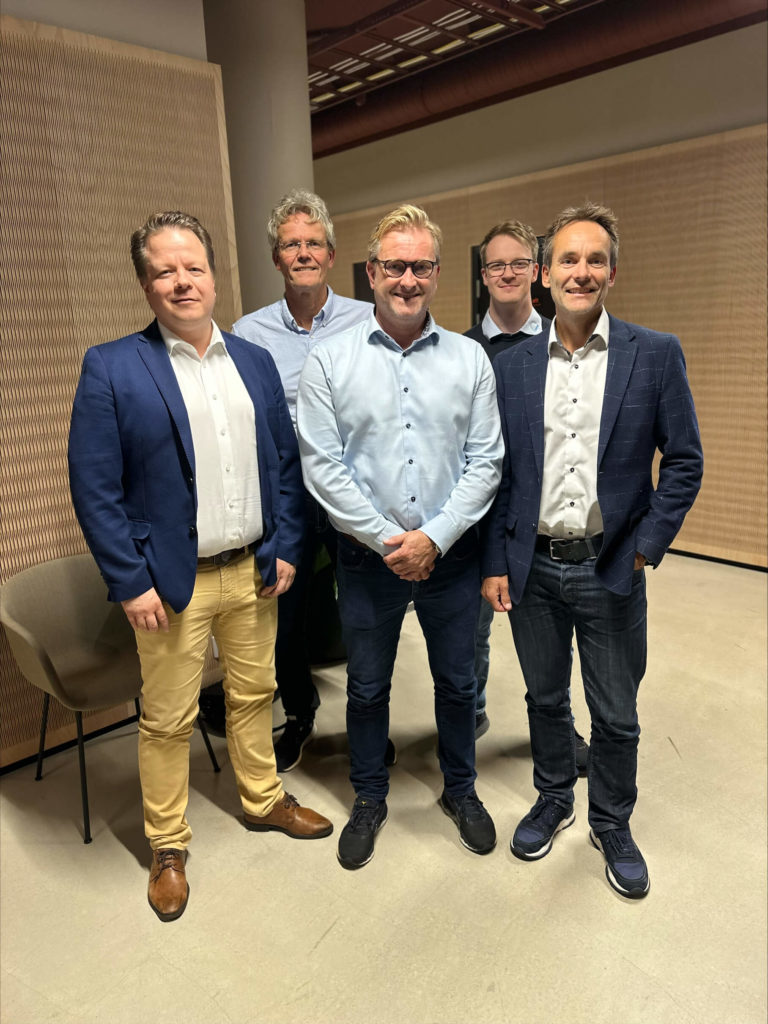
«What truly sets this solution apart from others is the special drying method, notes Daniel Persen, project manager at Sterner. – We dry and sanitize the sludge one and the same process to meet the requirements of the fertilizer product regulations. There are a lot of years of experience and high competence behind the design of this complex facility, which ensures that the performance requirements are met. It should also be mentioned that the residual heat from the sludge treatment at Hima Seafood will be used to heat the building, making this an extremely energy-efficient facility.«
Groundbreaking Technology
Through an extensive preliminary project, Sterner, in close collaboration with Eyvi, has designed and developed an innovative and robust treatment process that will recycle all the sludge from Hima Seafood’s aquaculture facility. The sludge is dried and sanitized, and the end product is high-quality organic fertilizer that returns to agriculture.
If questions, please contact:
